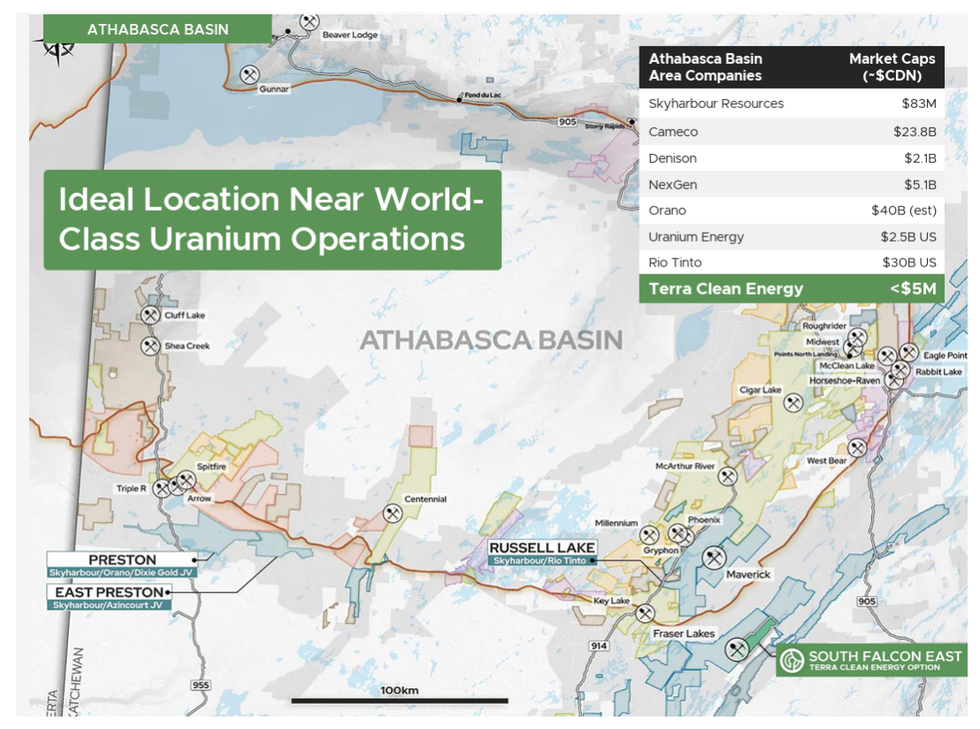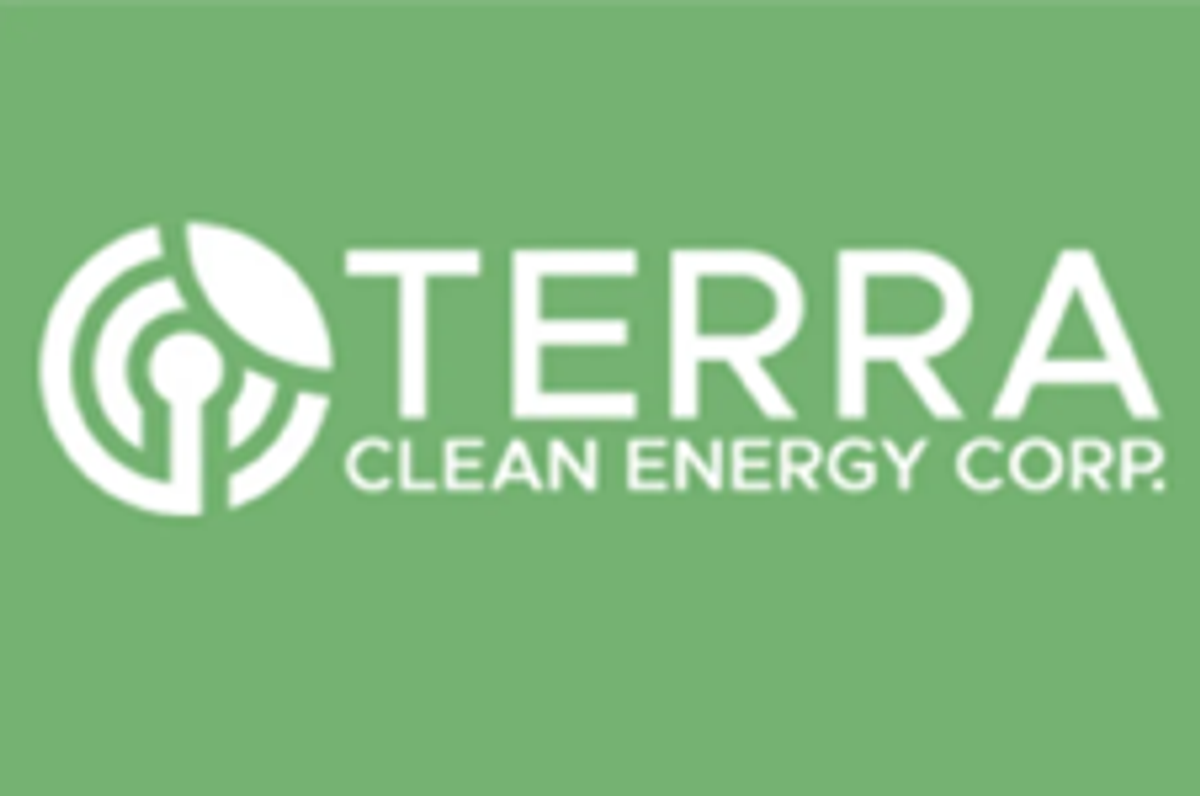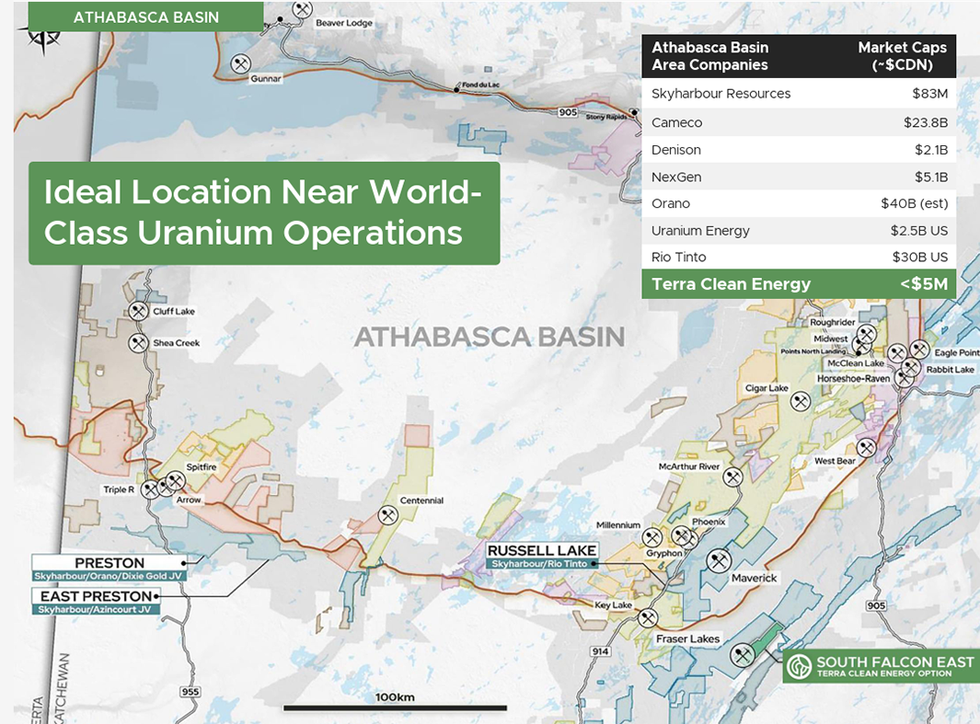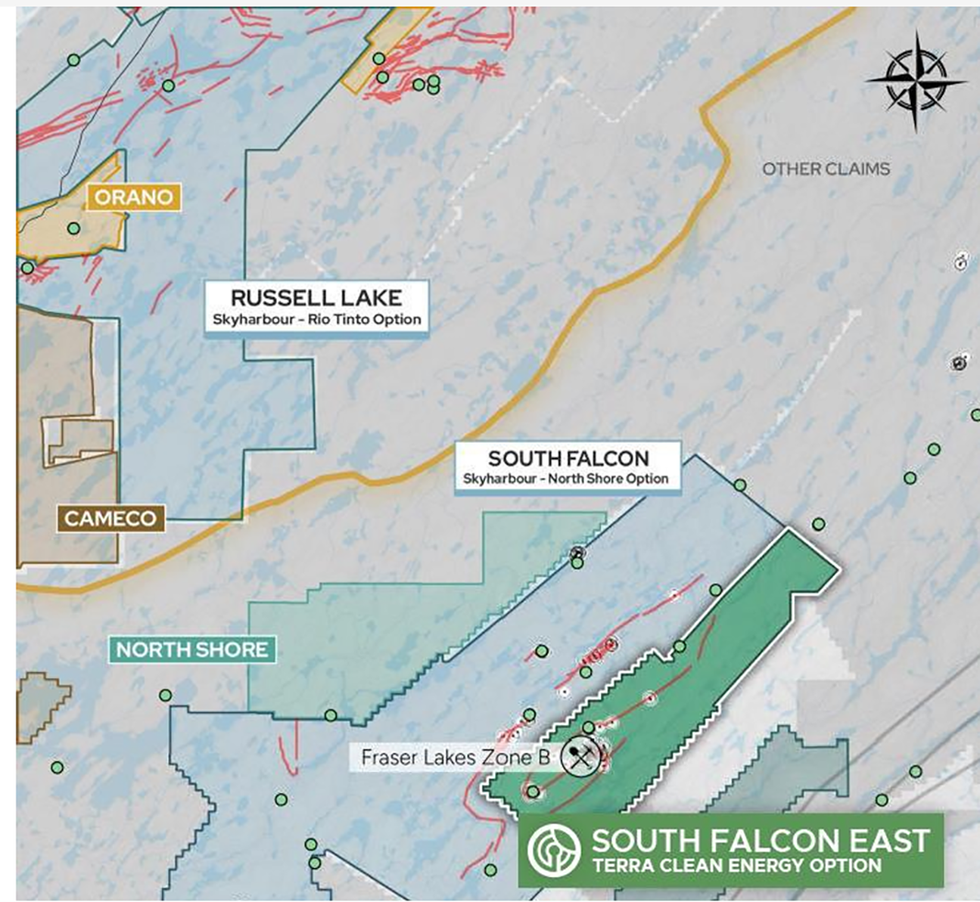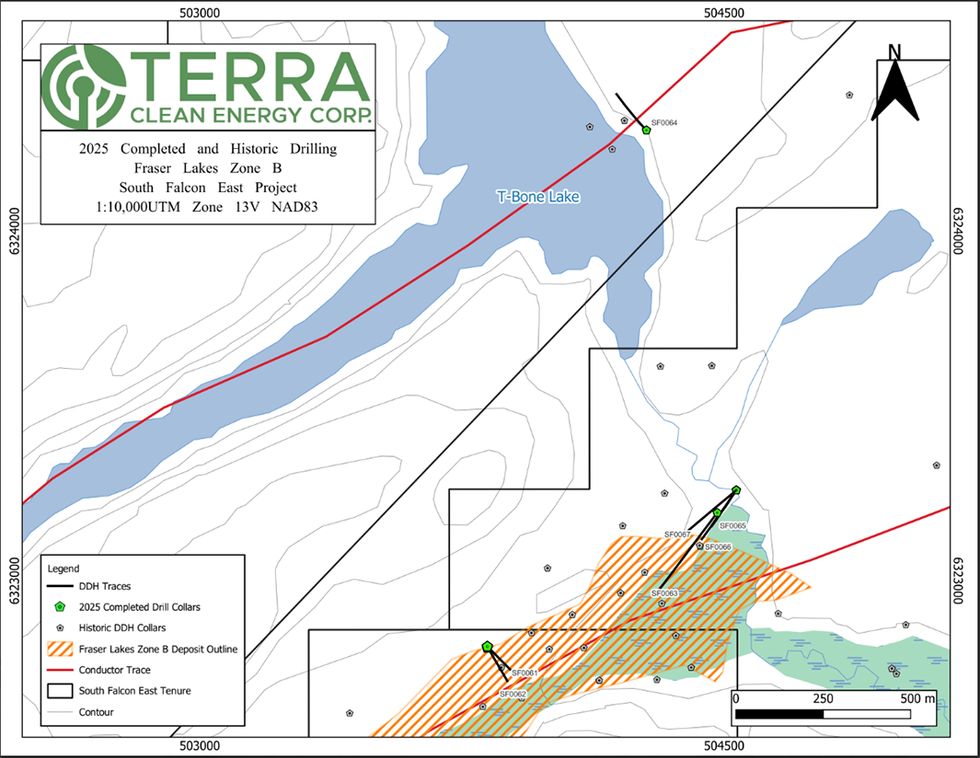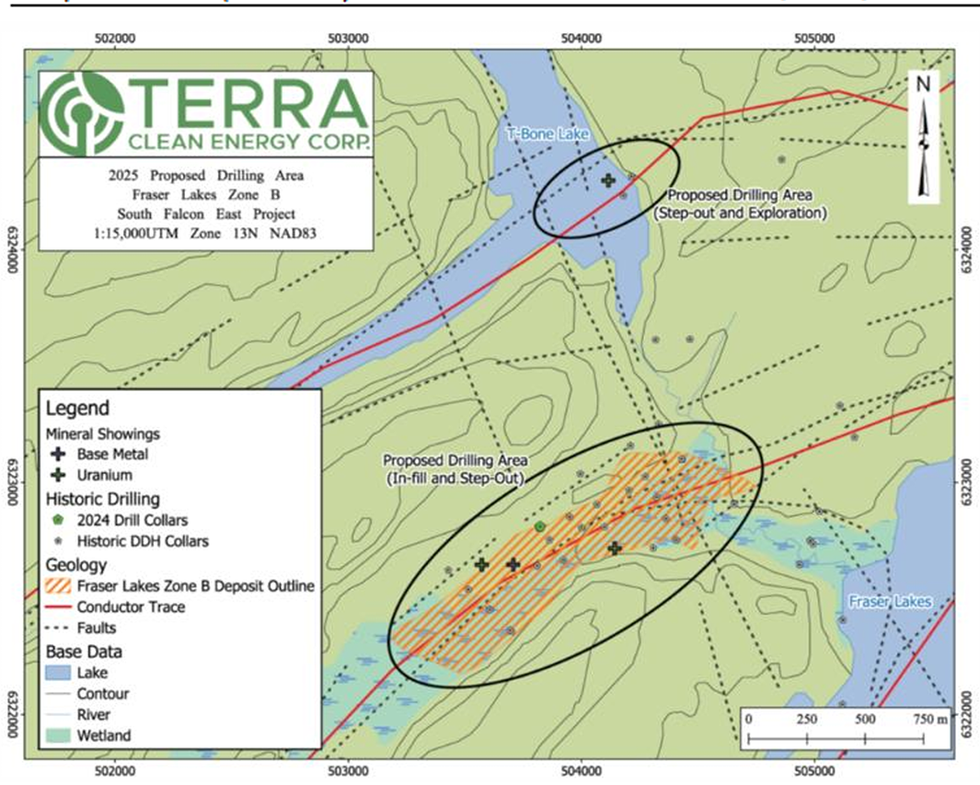(TheNewswire)
Corpus Christi, TX, and Saskatoon, Saskatchewan TheNewswire - August 22, 2022 Uranium Energy Corp (XTSE:UEX) (OTC:UEXCF) (NYSE American: UEC, the " Company " or " UEC ") and UEX Corporation (TSX:UEX ) " UEX ") are pleased to announce the closing of the previously announced plan of arrangement (the " Arrangement ") under the Canada Business Corporations Act pursuant to which UEC acquired all of the issued and outstanding common shares of UEX that it did not already own. The Arrangement was approved at a special meeting of UEX securityholders held on August 15, 2022 and was subsequently approved by the Supreme Court of British Columbia on August 18, 2022. Pursuant to the terms of the Arrangement, UEX shareholders received 0.090 common shares of UEC for each UEX common share held.
UEC intends to submit applications to the Toronto Stock Exchange and to the applicable securities regulators to delist UEX's existing common shares and for UEX to cease to be a reporting issuer, respectively.
Amir Adnani, President and CEO stated: "We are pleased to have completed our acquisition of UEX. This marks UEC's second successful highly accretive M&A transaction in the last year, creating the largest diversified North American focused uranium company. We welcome UEX shareholders to UEC and appreciate the vote of confidence in supporting our transaction. The competing interest for UEX from other industry participants further validates the significant upside and strategic rationale we identified in UEX's portfolio of high-grade projects in the world-class Athabasca Basin of Saskatchewan. We look forward to working with our new stakeholders and the joint venture partners, including Cameco, Orano and Denison."
Mr. Adnani continued: "The Company's acquisitions of Uranium One Americas ("U1A") and UEX have created substantial shareholder value, with meaningful expansion of our production capabilities and resource pipeline. The U1A transaction doubled UEC's processing capacity, In-Situ Recovery ("ISR") resources and permitted projects in the United States, while the UEX transaction doubles the size of our measured and indicated uranium resources [1] . With no debt and over $180 million of cash and liquid assets, including physical uranium, UEC has an unparalleled industry position to capitalize on nuclear power's growing role as a climate change solution, contributing towards the mega trends of decarbonization, electrification and energy transition."
Mr. Adnani concluded: " There is an emerging trend by Western utilities to secure supplies from uranium projects in politically stable and proven jurisdictions, this is a strong fit with UEC's permitted, and production-ready U.S. ISR projects and extensive growth pipeline in Canada. UEC's sector leading strategy as the fastest growing, pure play, 100% unhedged uranium company with assets only in the Western Hemisphere is a key differentiator in this emerging uranium bull market."
About Uranium Energy Corp
Uranium Energy Corp is America's leading, fastest growing, uranium mining company listed on the NYSE American. UEC is a pure play uranium company and is advancing the next generation of low-cost, environmentally friendly In-Situ Recovery (ISR) mining uranium projects. The Company has two production ready ISR hub and spoke platforms in South Texas and Wyoming, anchored by fully licensed and operational processing capacity at the Hobson and Irigaray plants. UEC also has seven U.S. ISR uranium projects with all of their major permits in place. Additionally, the Company has other diversified holdings of uranium assets, including: (1) one of the largest physical uranium portfolios of U.S. warehoused U3O8; (2) a major equity stake in the only royalty company in the sector, Uranium Royalty Corp.; and (3) a pipeline of resource-stage uranium projects in Arizona, New Mexico and Paraguay. The Company's operations are managed by professionals with a recognized profile for excellence in their industry, a profile based on many decades of hands-on experience in the key facets of uranium exploration, development and mining.
About UEX Corporation
UEX is a Canadian uranium and cobalt exploration and development company involved in an exceptional portfolio of uranium projects. UEX's directly-owned portfolio of projects is located in the eastern, western and northern perimeters of the Athabasca Basin, the world's richest uranium region which in 2020 accounted for approximately 8.1% of the global primary uranium production. In addition to advancing its uranium development projects through its ownership interest in JCU, UEX is currently advancing several other uranium deposits in the Athabasca Basin which include the Paul Bay, Ken Pen and Ōrora deposits at the Christie Lake Project , the Kianna, Anne, Colette and 58B deposits at its currently 49.1%-owned Shea Creek Project, the Horseshoe and Raven deposits located on its 100%-owned Horseshoe-Raven Project and the West Bear Uranium Deposit located at its 100%-owned West Bear Project.
Additional Information
Full details of the Arrangement are set out in the arrangement agreement and subsequent amendments thereto, copies of which are filed by UEC and UEX under their respective profiles on SEDAR at www.sedar.com and under UEC's profile on EDGAR at www.sec.gov . In addition, further information regarding the Arrangement is contained in a management information circular dated July 8, 2022 prepared in connection with the meeting of UEX securityholders, a copy of which is filed on UEX's profile on www.sedar.com .
For additional information, please contact:
Uranium Energy Corp Investor Relations
Toll Free: (866) 748-1030
Fax: (361) 888-5041
E-mail: info@uraniumenergy.com
Twitter: @UraniumEnergy
Stock Exchange Information:
NYSE American: UEC
Frankfurt Stock Exchange Symbol: U6Z
WKN: AØJDRR
ISN: US916896103
Safe Harbor Statement
Except for the statements of historical fact contained herein, the information presented in this news release constitutes "forward-looking statements" as such term is used in applicable United States and Canadian laws. These statements relate to analyses and other information that are based on forecasts of future results, estimates of amounts not yet determinable and assumptions of management. Any other statements that express or involve discussions with respect to predictions, expectations, beliefs, plans, projections, objectives, assumptions or future events or performance (often, but not always, using words or phrases such as "expects" or "does not expect", "is expected", "anticipates" or "does not anticipate", "plans, "estimates" or "intends", or stating that certain actions, events or results "may", "could", "would", "might" or "will" be taken, occur or be achieved) are not statements of historical fact and should be viewed as "forward-looking statements". Such forward-looking statements involve known and unknown risks, uncertainties and other factors which may cause the actual results, performance or achievements of the Company to be materially different from any future results, performance or achievements expressed or implied by such forward-looking statements. Such risks and other factors include, among others, market and other conditions, the actual results of exploration activities, variations in the underlying assumptions associated with the estimation or realization of mineral resources, the availability of capital to fund programs and the resulting dilution caused by the raising of capital through the sale of shares, accidents, labor disputes and other risks of the mining industry including, without limitation, those associated with the environment, delays in obtaining governmental approvals, permits or financing or in the completion of development or construction activities, title disputes or claims limitations on insurance coverage. Although the Company has attempted to identify important factors that could cause actual actions, events or results to differ materially from those described in forward-looking statements, there may be other factors that cause actions, events or results not to be as anticipated, estimated or intended. There can be no assurance that such statements will prove to be accurate as actual results and future events could differ materially from those anticipated in such statements. Accordingly, readers should not place undue reliance on forward-looking statements contained in this news release and in any document referred to in this news release. Certain matters discussed in this news release and oral statements made from time to time by representatives of the Company may constitute forward-looking statements within the meaning of the Private Securities Litigation Reform Act of 1995 and the Federal securities laws. Although the Company believes that the expectations reflected in such forward-looking statements are based upon reasonable assumptions, it can give no assurance that its expectations will be achieved. Forward-looking information is subject to certain risks, trends and uncertainties that could cause actual results to differ materially from those projected. Many of these factors are beyond the Company's ability to control or predict. Important factors that may cause actual results to differ materially and that could impact the Company and the statements contained in this news release can be found in the Company's filings with the Securities and Exchange Commission. For forward-looking statements in this news release, the Company claims the protection of the safe harbor for forward-looking statements contained in the Private Securities Litigation Reform Act of 1995. The Company assumes no obligation to update or supplement any forward-looking statements whether as a result of new information, future events or otherwise. This press release shall not constitute an offer to sell or the solicitation of an offer to buy securities.
Forward-Looking Statement Cautions
This news release includes certain "Forward-Looking Statements" within the meaning of the United States Private Securities Litigation Reform Act of 1995 and "forward-looking information" under applicable Canadian securities laws. These statements reflect the parties' respective current views with respect to future events and are inherently subject to significant business, economic, competitive, political and social uncertainties and contingencies. Such factors include, the synergies expected from the Arrangement not being realized; business integration risks; fluctuations in general macro economic conditions; fluctuations in securities markets and the market price of UEC Shares; fluctuations in the spot and forward price of uranium or certain other commodities (such as natural gas, fuel oil and electricity); fluctuations in the currency markets (such as the Canadian dollar and the U.S. dollar); changes in national and local government, legislation, taxation, controls, regulations and political or economic developments in Canada and the United States; operating or technical difficulties in connection with mining or development activities; risks and hazards associated with the business of mineral exploration, development and mining (including environmental hazards and industrial accidents); risks relating to the credit worthiness or financial condition of suppliers, refiners and other parties with whom the parties do business; inability to obtain adequate insurance to cover risks and hazards; and the presence of laws and regulations that may impose restrictions on mining, availability and increasing costs associated with mining inputs and labour; the speculative nature of mineral exploration and development, including the risks of obtaining necessary licenses, permits and approvals from government authorities; title to properties; and the factors identified under the caption "Risk Factors" in UEC's Form 10K and under the caption "Risk Factors" in UEX's Annual Information Form. Although UEC has attempted to identify important factors that could cause actual results to differ materially, there may be other factors that cause results not to be anticipated, estimated or intended. The parties do not intend, and do not assume any obligation, to update these forward-looking statements or information to reflect changes in assumptions or changes in circumstances or any other events affecting such statements or information, other than as required by applicable law.]
Copyright (c) 2022 TheNewswire - All rights reserved.




